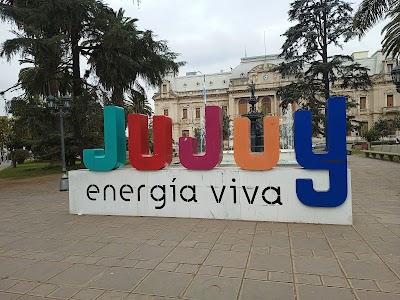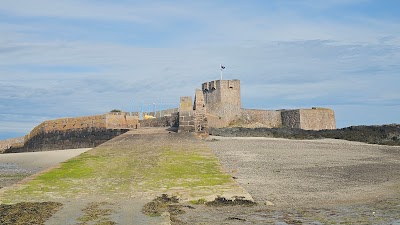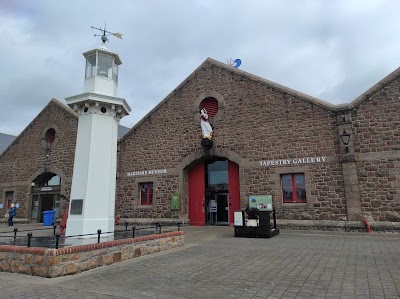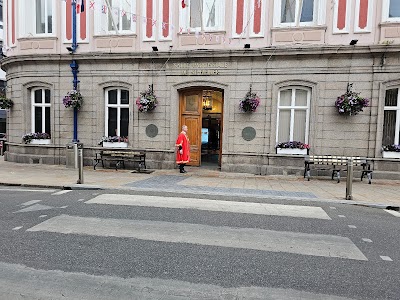Quebrada de Humahuaca (Quebrada de Humahuaca)
Overview
Quebrada de Humahuaca is a breathtaking valley located in the province of Jujuy, Argentina. This UNESCO World Heritage site spans approximately 155 kilometers and is celebrated for its stunning, multi-colored rock formations and culturally rich villages.
Geological Wonders
The formation of Quebrada de Humahuaca is a story written in the earth itself, dating back millions of years. Primarily shaped by tectonic activity and erosion, the landscape was pushed upward by the movement of the Earth's crust, while natural elements gradually sculpted it. The result? A mesmerizing array of multicolored rocks, with reds and oranges from iron, yellows from sulfur, and greens from copper, creating a vibrant palette that enchants visitors.
Historical Significance
Beyond its geological marvels, Quebrada de Humahuaca holds immense historical importance. For thousands of years, it has served as a vital passage for various civilizations. Evidence suggests that humans inhabited the area as far back as 10,000 years ago. It was a key route for the Inca Empire, linking the highlands of Bolivia and Peru with the plains of Argentina. Later, during the Spanish colonization, it became an essential trade route, further enriching its historical tapestry.
Charming Villages
The valley is dotted with charming villages that embody rich traditions and local culture. Prominent towns such as Purmamarca, Tilcara, and Humahuaca each offer unique experiences. Purmamarca is renowned for its iconic Cerro de los Siete Colores, or Hill of Seven Colors. This quaint village, founded in the late 16th century, features traditional adobe houses and a lively handicrafts market. Visitors flock here to witness breathtaking sunrises over the colorful hill, known for its purported therapeutic properties among the local Quechua people.
Tilcara is another significant settlement, home to the Pucará de Tilcara, a well-preserved pre-Incan fort. This archaeological site provides a fascinating insight into the lives of its original inhabitants. The fertile valley surrounding Tilcara is still cultivated today, showcasing terraces built by indigenous peoples. The town also hosts an annual carnival that beautifully merges indigenous customs with Spanish influences, creating a vibrant celebration of local culture.
Cultural Richness
Humahuaca, the largest town in the valley, is steeped in history with its colonial architecture, narrow cobblestone streets, and lively festivals. Dominating the town's skyline is the Monument to the Heroes of Independence, a monumental sculpture honoring the leaders of Argentina's struggle for independence.
Quebrada de Humahuaca thrives with vibrant cultural life, as many indigenous communities continue to inhabit the area. The blending of ancient Andean traditions with Spanish colonial influences is evident in local festivals, music, and dance, enriching the region's folklore with legends and stories passed down through generations.
Modern Accessibility
Despite its ancient charm, modern infrastructure enhances the valley's accessibility. Well-maintained roads wind through the breathtaking landscape, ensuring that visitors can explore while preserving its natural beauty. Small businesses and local markets thrive, offering handmade crafts and fresh produce, supporting the local economy and allowing visitors to take a piece of this enchanting place home.
In summary, Quebrada de Humahuaca stands as a monumental testament to both natural wonders and human history. Sculpted by geological forces and enriched by millennia of human occupation, it offers visitors a profound glimpse into the past alongside a vibrant cultural experience in the present. Whether you're a history enthusiast, nature lover, or cultural explorer, Quebrada de Humahuaca promises an unforgettable journey.









